On July 2nd, Microsoft announced a round of layoffs within its Xbox divisions. Our hearts go out to the hardworking team members who have been let go and we hope they quickly find new roles where they feel fulfilled. Along with the layoffs came the cancelation of several titles including Everwild and the Perfect Dark remake. Canceling games is unfortunately common, even for games that were practically finished, so we thought we would take this opportunity to revisit some of the most-hyped games that almost made it out the door.
Project H.A.M.M.E.R.
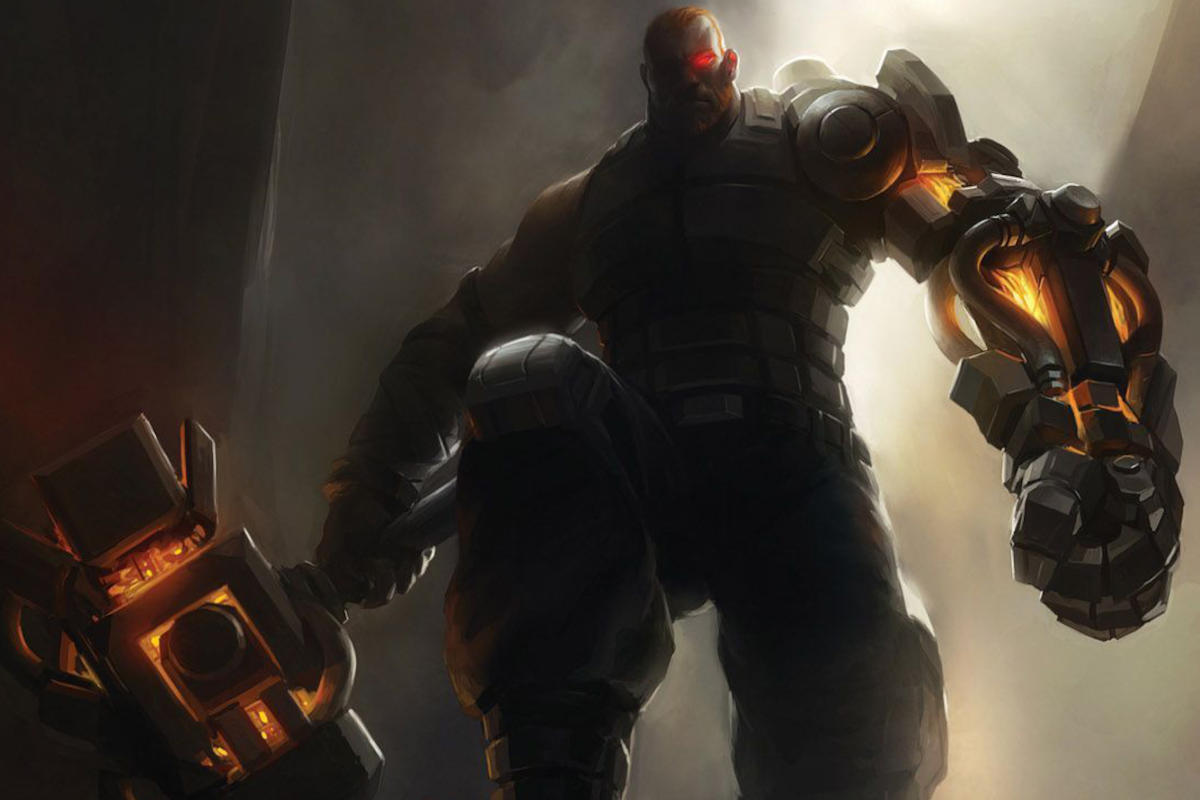
Project H.A.M.M.E.R. promotional image, Image credit: Nintendo
Project H.A.M.M.E.R. is one of the most notorious canceled games of all time. Intended to be released on the Nintendo Wii, it appeared at E3 2006 – emphasis on “appeared” rather than “revealed.” There was no major trailer and attention to it was relegated to a demo that was set up on the show floor. Footage began circulating the Internet and Nintendo fans were abuzz about a mysterious new Nintendo IP.
As the title may suggest, you play as a cyborg who wields a giant hammer. Swinging the Wii Remote would allow players to smash enemies and objects in the environment. The game was developed by Nintendo Software Technology Corporation, an American subsidiary that was, at that point, known for creating 1080° Avalanche and Wave Race: Blue Storm.
However, the transition from extreme sports to a hack-and-slash title, as well as the transition from the standard controls of those titles to the motion controls of the Wii, unfortunately did not lead to a quality product. As Unseen64 reported, Nintendo was unimpressed with the final game the developers presented and either did not like or did not understand their proposed changes to make it fun.
The last time Project H.A.M.M.E.R. was ever mentioned by Nintendo was in September 2006, though many had continued reworking and reshaping it for years until most of the developers either quit or were fired by Nintendo. While their original game was never released, Nintendo Software Technology Corporation continues to support its parent company. Its most recent contributions were porting Breath of the Wild and Tears of the Kingdom to the Nintendo Switch 2.
NBA Elite 11
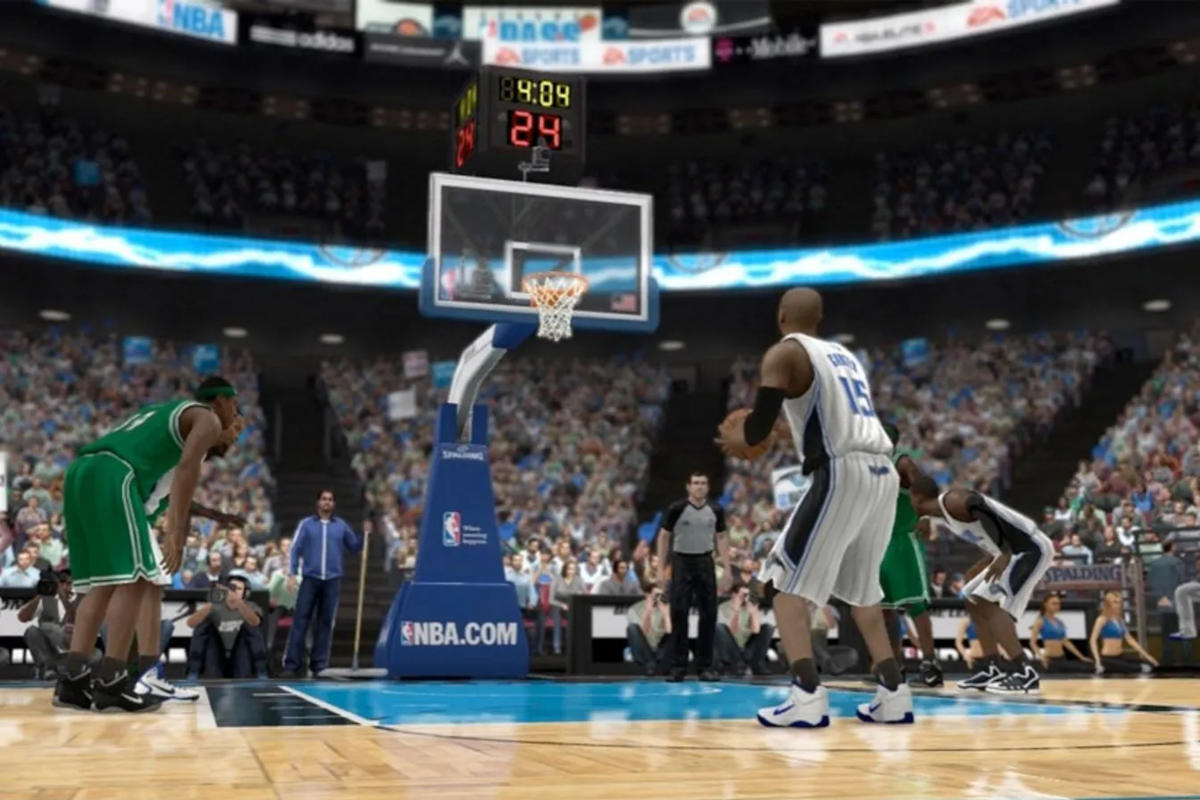
NBA Elite 11 promotional image, Image credit: EA
Before NBA 2K became the video game franchise it is today, the NBA Live series from EA Sports was the big man on the court. As 2K rose in popularity throughout the 2000s, NBA Live struggled to compete. In 2010, EA Sports decided to pivot.
Rather than building on what they had established, EA decided the only way to get some of their market share back was with a rebrand. NBA Live would become NBA Elite and would feature a complete overhaul of how the game plays. For sports titles, which are generally developed in under a year, this was ambitious. Too ambitious.
A demo was released and the memes started rolling in. The technical issues were clearly beyond anything the developers could patch in the short term. Not to mention, the competing NBA 2K11 was rumored to be the best yet with an emphasis on the legacy of Michael Jordan. Releasing NBA Elite 11 would have only further tarnished the legacy of the series, so it was canceled.
What is most fascinating about NBA Elite 11 is that it was 100% finished with physical copies ready for shipment. In fact, an extremely small number of copies were shipped before the game was canceled and it has become a collector’s item. The game is so rare that a physical copy can sell for over $3000 and a sealed copy can fetch almost $5500.
Primal Rage 2
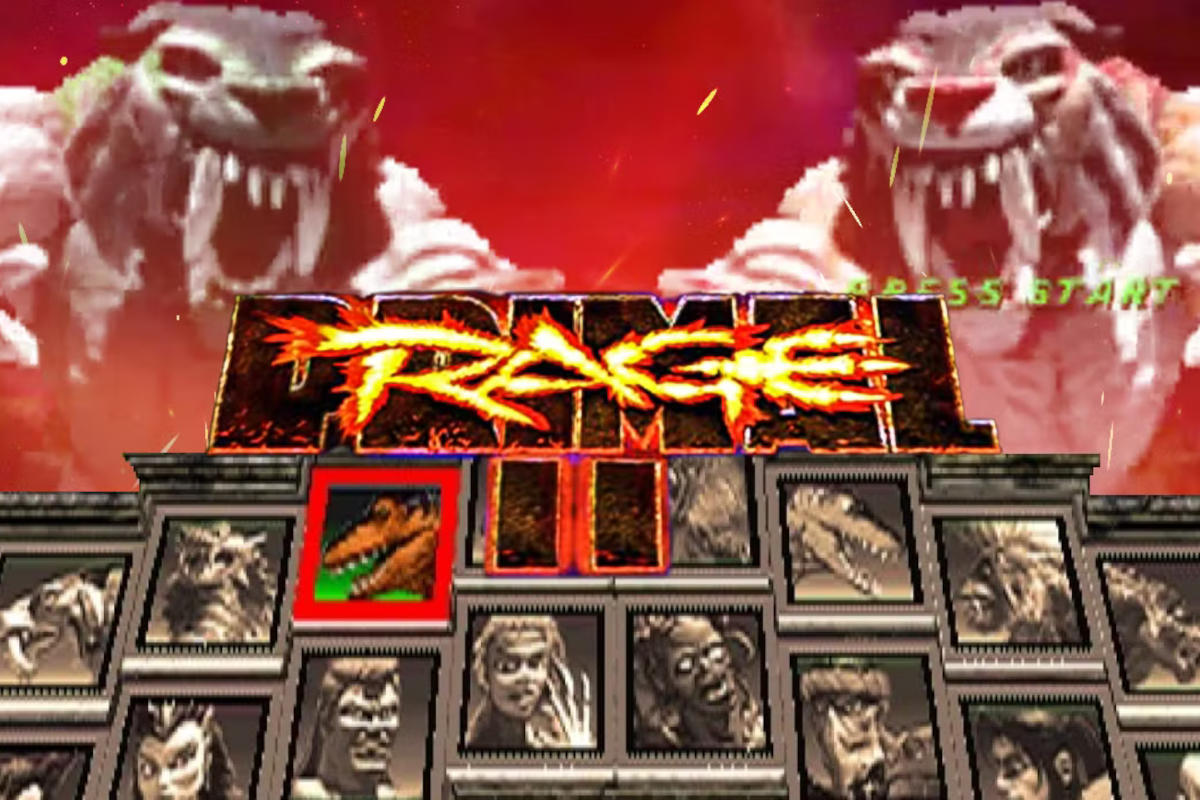
Primal Rage 2, Image credit: Warner Bros. Interactive Entertainment
Primal Rage was a massive success in the arcades. Not only was it ported to home consoles, but it also had a line of action figures. When said action figures were released for the characters Slashfang and Necrosan – neither of which appeared in the game – it seemed like a sequel was right around the corner.
That was the intention at least. It’s true the developers were hard at work on Primal Rage 2, but a death machine known as Midway acquired the developer “midway” through production. The move was seen as a way for them to thin out the competition rather than expand their own portfolio. Midway fired employees and canceled a lot of projects including Primal Rage 2.
Before it was canceled, however, some test boards with a beta version of the game were sent out to arcades. One of these was uncovered in 2014 by the Galloping Ghost Arcade in Brookfield, IL where they got it up and running. The game may not be completely lost to history, but the only way to play it in an official capacity is to travel to Illinois.
Fear & Respect
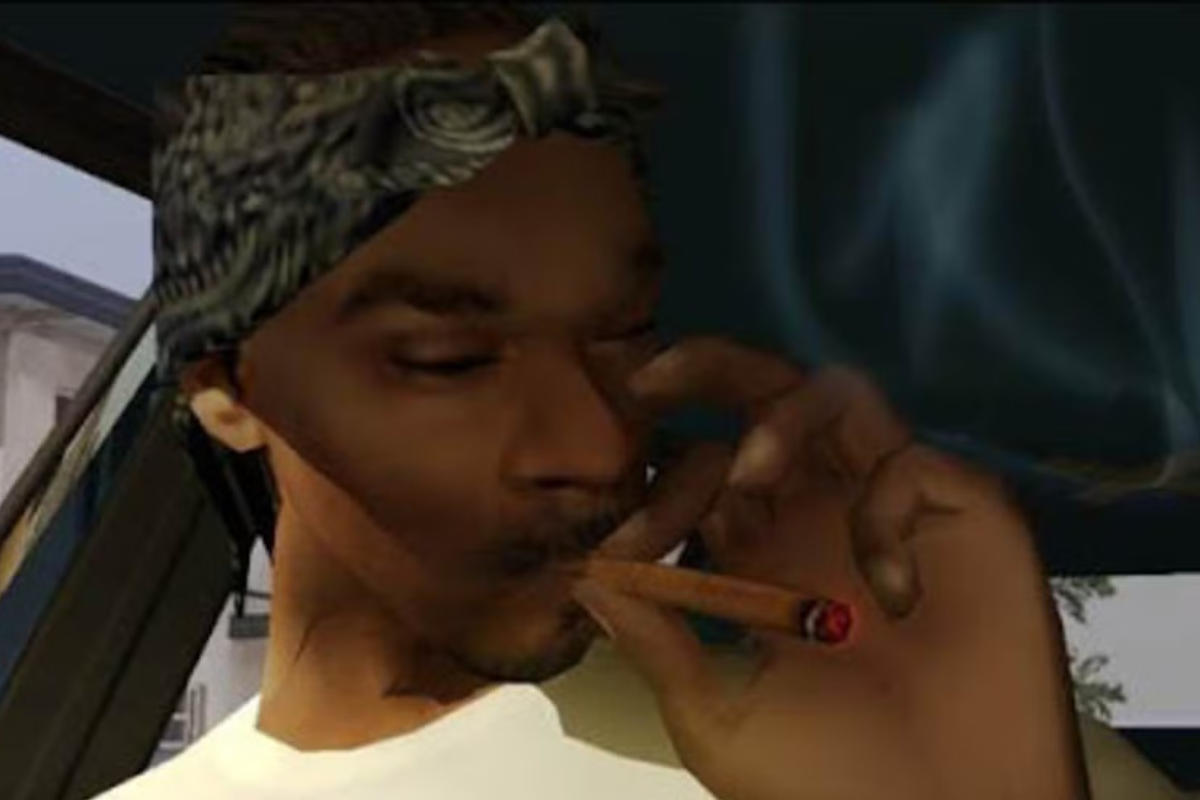
Snoop Dogg in Fear & Respect, Image credit: Warner Bros. Interactive Entertainment
At the Spike Game Awards in 2004, Snoop Dogg revealed Fear & Respect. The main character had both his voice and likeness while the story was to be written by Boyz N tha Hood director, John Singleton. In January 2005 it was the cover story for Game Informer magazine. A number of trailers and media appearances followed over the course of that year. Then, on March 1, 2006 it was suddenly canceled without explanation.
Midway would have been the publisher and, given their track record, it would not be a surprise if they were the ones who pulled the plug. It is also worth mentioning that the game was originally being developed for the PlayStation 2 but likely shifted to the PS3 and 360 which also could have killed it. I’d rather blame Midway, though.
BattleBots
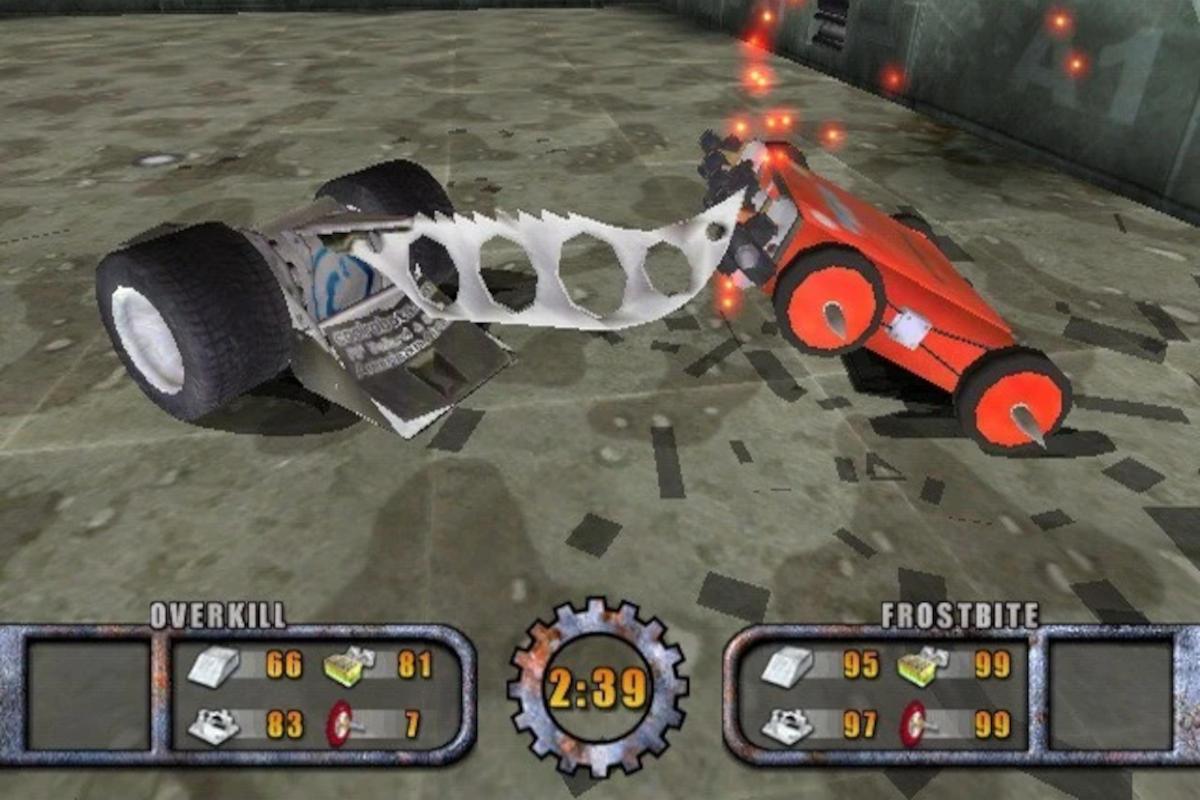
BattleBots, Image credit: THQ Nordic
Probably the least-known canceled game on this list, a licensed BattleBots game was being developed for the PS2 and GameCube from 2001 to 2003. However, the game may have been doomed from the start. At one point the MSRP had dropped as low as $20. Then, when the BattleBots television show was canceled in 2003, the game was never mentioned again either.
In 2021, the YouTube channel GatorBox got its hands on a prototype copy and streamed game play for nearly three hours. Their opinion was that the game was decent, though the customization options were limited and any bots you build yourself will struggle to compete against the bots from the show that also appeared in the game.
Star Fox 2
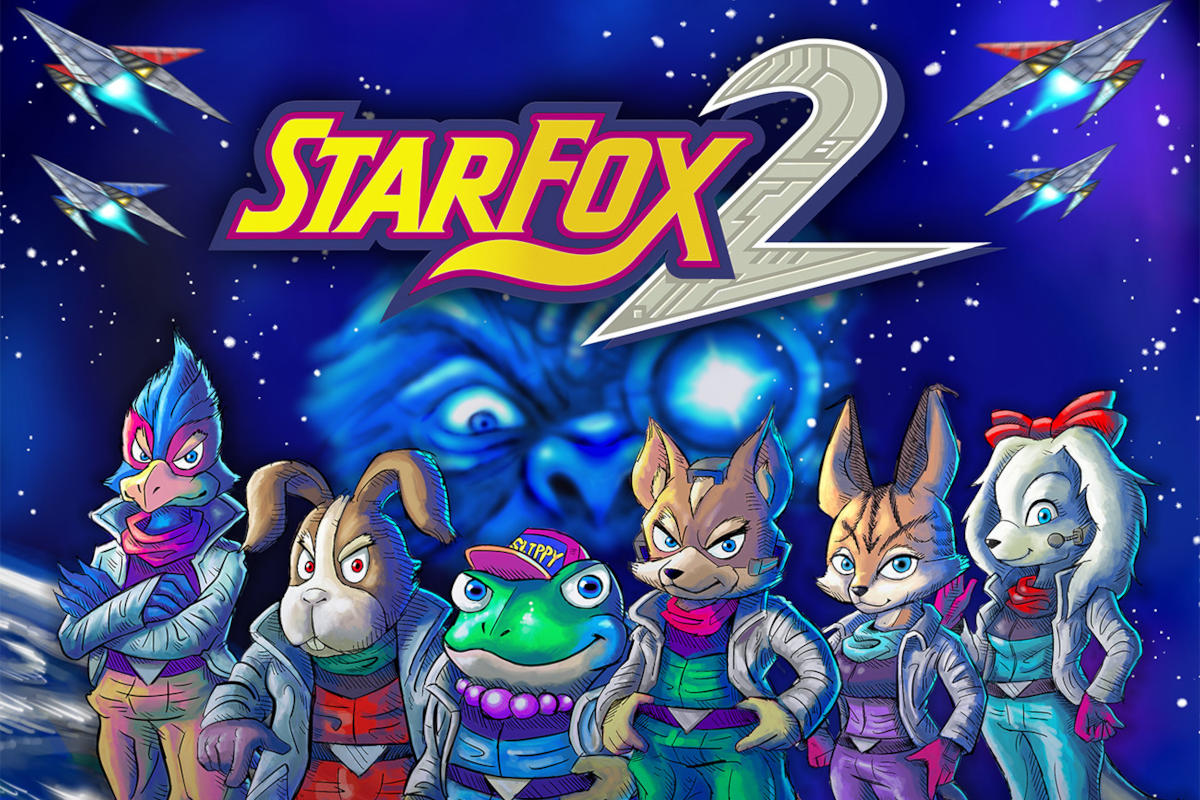
Star Fox 2 cover art, Image credit: Nintendo
The original Star Fox was a crowning achievement for Nintendo. Released in 1993 on the Super Nintendo console, it took advantage of a SuperFX chip which gave the system the additional processing power it needed to display 3D graphics. It was financially successful, which prompted the development of a sequel. As that sequel was being made, however, Sony and Sega entered the world of polygons with their PlayStation and Saturn consoles. Nintendo was set to do the same in 1996 with the Nintendo 64.
According to Gaming Historian, while the SuperFX chip technology used in Star Fox 2 created groundbreaking visuals for a Super Nintendo game, it still didn’t compare to competing consoles. President of Nintendo, Shigeru Miyamoto himself, decided to cancel the game at the eleventh hour and instead have his team get to work on Star Fox 64 where they could reuse many of the same ideas but take advantage of 3D polygons. Unlike the other games on this list, however, Star Fox 2 was brought back from the dead over 20 years later when Nintendo included a ROM on the Super NES Classic Edition.
What game cancelation disappointed you the most? Let us know in the comments!

Leave a Reply